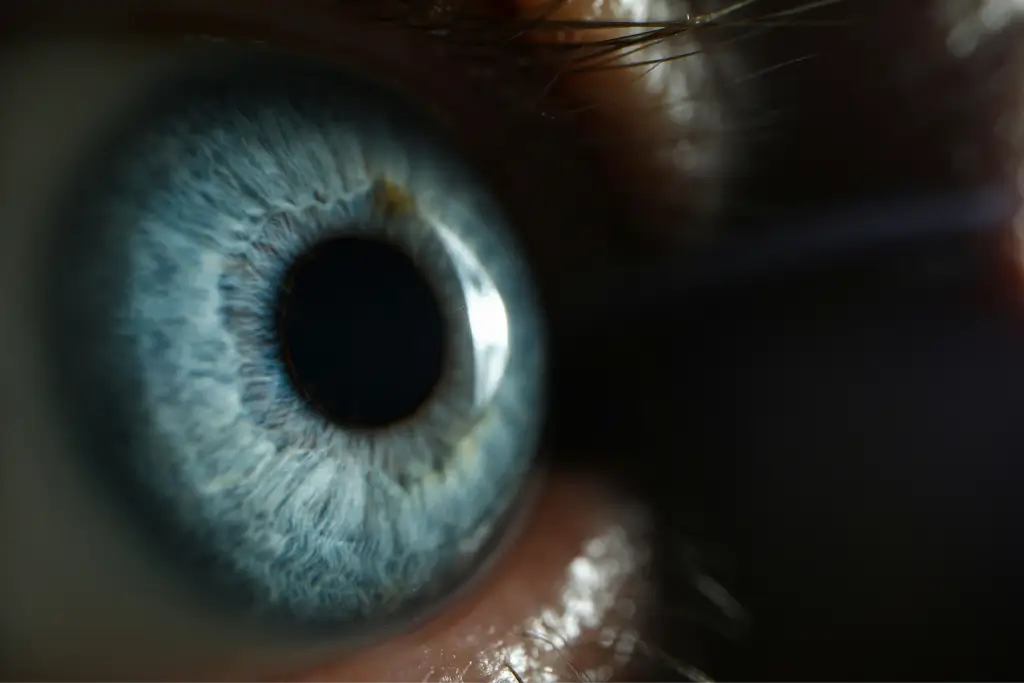Home » Intense Pulsed Light for Dry Eye
Intense Pulsed Light for Dry Eye
What Is IPL for Dry Eye?

Effectiveness of IPL for Dry Eyes
Meibomian gland dysfunction (MGD) is the most common cause of dry eye disease, contributing to over 90% of dry eye cases in the United States. People with MGD cannot secrete adequate lipids to keep their tear film stable, leading to a quicker breakup and evaporation of the tear film. Depending on the severity or grade of MGD, the quicker the breakup will occur, the more extreme the dry eye symptoms someone might suffer.
Excessive tear evaporation can result in a weak and unstable tear film, eventually progressing to the dry eye symptoms you might be familiar with and, in some cases, even leading to desensitization of the cornea. With IPL, since we aim to rejuvenate the gland, we will aid in the secretion of more quality lipids, preventing tear evaporation that might be too rapid, creating a stable tear film, elevating any dry eye symptoms, and preventing corneal damage.
Cost and Insurance Considerations
Unfortunately, IPL benefits cannot be reaped after just one session. To fully benefit from it, you need two sessions per treatment. Each session costs $500, totaling about $1500-$2000 per treatment. Maintenance treatments are required only if symptoms worsen or there are no clinical signs of improvement. IPL is also considered an elective procedure by most insurance companies, so it is paid entirely out of pocket.
IPL is also a bit restrictive as not everyone will be a suitable candidate for the treatment. People with darker skin types and face tattoos might experience hyper or hypopigmentation around the treatment area and with potential burns, so it’s crucial to consult with someone at the office to make sure the treatment is suitable for you. It is also essential to consider any prior skin conditions and skin sensitivity before creating an appointment for IPL, as it can worsen conditions like cold sores if done without antivirals.
The Science Behind IPL Treatment
Additional Treatment Options and Considerations
People can treat persistent dry eye symptoms at home using eye drops such as Retaine, Systane, or other artificial tears brands that help moisturize the cornea. It is also recommended to use lid scrubs morning and night and a warm compress over the eyelids for 5 minutes.
On top of doing IPL, or if you don’t qualify for IPL, you can also consider the possibility of pairing it with RF therapy, which would further enhance the effects of IPL by providing an additional trial of heat to break up any remaining oil buildup within the glands as it does a better job at heating any obstruction in comparison to IPL. RF also flushes up the skin for a couple of minutes after the treatment which can aid in red light absorption if done in combination with IPL.
There are also less restrictive and cheaper procedural routes, such as TearCare or BlephEx, but those treatments aren’t as effective as IPL and aim to serve more as a short-term relief route than a more long-term solution found with IPL.
Is IPL right for you?
To see if you are a good candidate and if IPL is right for you, book a free consultation with Dr. Rapport.
FAQs
Does IPL work for dry eyes?
IPL is an effective treatment for rosacea and evaporative dry eye disease. It improves gland functionality and lipid quality, ensuring a stable tear film for the patient.
How much does intense pulsed light therapy cost for dry eyes?
IPL costs $2000 in total, with each session costing $500. Since insurance doesn’t consider it a medically necessary treatment, they won’t be willing to cover it, so it’s paid entirely out of pocket.
Does insurance cover IPL for dry eye?
Since most insurance companies consider IPL an elective procedure, it is paid entirely out of pocket and does not have coverage.
What Is Intense Pulsed Light Therapy?
Intense Pulsed Light Therapy, or IPL for short, is not a laser procedure but a fierce light therapy that uses significantly weaker wavelengths of light than lasers to treat conditions ranging from skin disorders to dry eyes.
How Is IPL Different From Other Dry Eye Treatments?
IPL differs from other dry eye treatments in that it aims to treat the root cause of evaporative dry eye disease by breaking apart any obstruction, promoting the rejuvenation of lost or damaged glands, and getting rid of abnormal veins on the lids that are causing inflammation and obstruction of the glands.
How Does IPL Treatment Work?
IPL is performed in four sessions, each spaced two weeks apart. During the treatment, a tech applies ultrasound gel to the lower eyelids and protective eye shields to prevent the intense light from causing retinal damage. The tech then shoots 15 pulses of light on each lower lid for 30 shots. Finally, the shield is removed, and the lid is squeezed to remove clogged oil
Are there any side effects of IPL therapy for dry eyes?
If IPL is performed on the top lid, there is a slight chance of experiencing some eyelash loss. However, IPL is typically only performed on the lower lids, as that’s where most of the gland atrophy occurs. Mild redness and sensitivity may also occur within a couple of hours after the treatment.





